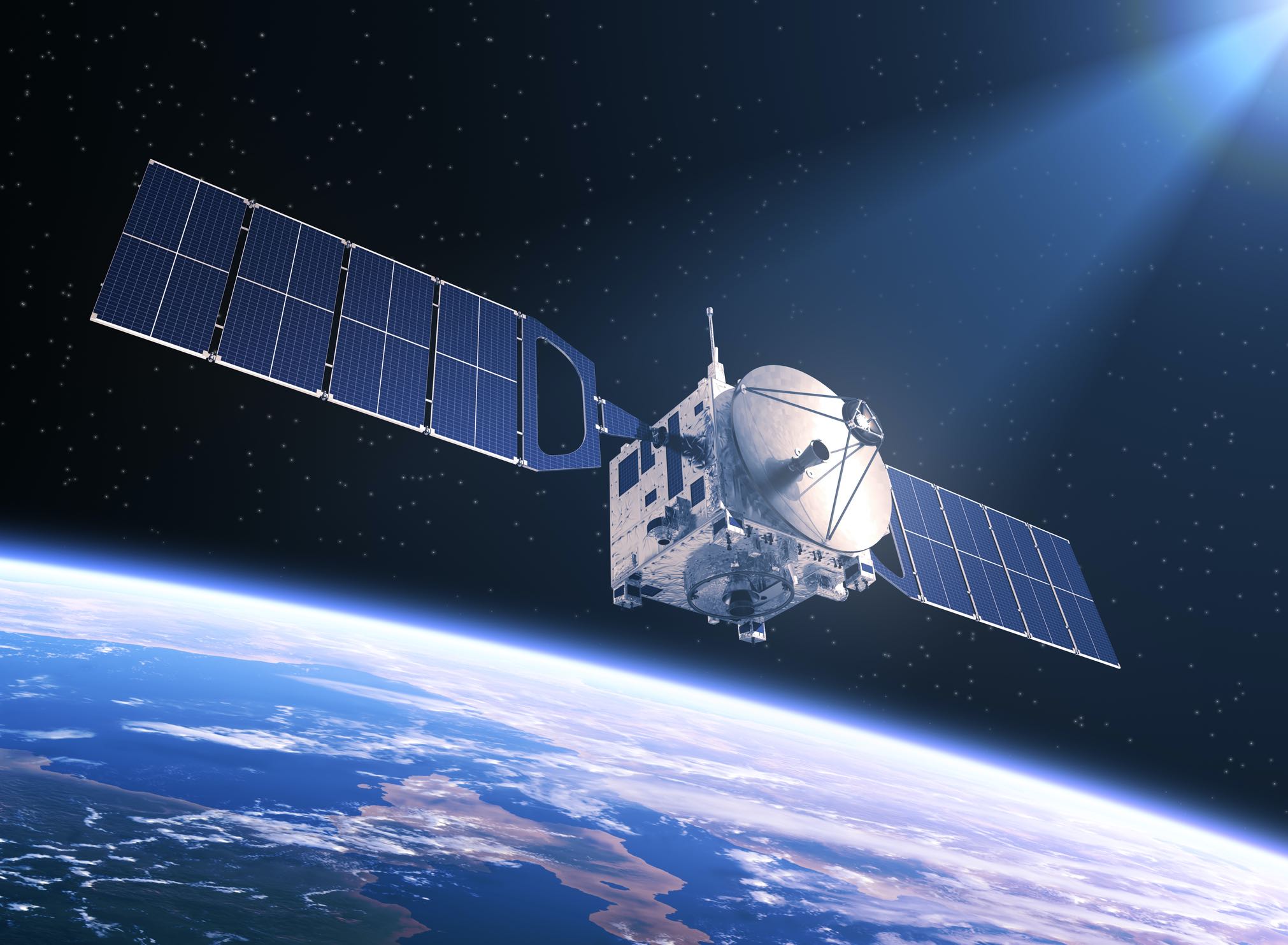

The Bavarian Pigeon Corps used carrier pigeons to carry messages and provide aerial reconnaissance. Some armies resorted to using pigeons to obtain a literal “bird’s eye view” behind enemy lines. His curved film plate was able to produce wide panoramic images, some of which remain the largest photos ever taken from the skies.ĭuring WWI, balloons and kites were too easy to shoot down. Lawrence using a camera attached to a string of 17 kites that lifted the heavy camera 2,000 feet. The destruction was aerially captured by George R. In 1906, San Francisco was hit by an earthquake and raging fires. A few years later, Arther Batut was able to attach a timer to a camera and set it to trigger the shutter within a few moments of launching his solo kite. Douglas Archibald, an English meteorologist, is credited with the first successful photo taken from a string of kites in 1882. Over the next few years, photographic technology continued to advance, and soon it was possible to attach cameras to pilotless flying objects. Thus, the first free-flight balloon photo was taken in 1879. In a few years, the dry-plate process was invented, and it was no longer necessary to carry such heavy equipment. Both men had to carry a complete darkroom in the baskets of their balloons to develop the photos.

Photography was in its infancy and primitive at this time. That feat is credited to Gaspard-Fexix Tournachon, who photographed Paris from 1,600 feet in 1858 from a tethered balloon. The oldest surviving aerial photo was taken in 1860 by James Wallace Black from a hot-air balloon above Boston, but this is not the first aerial picture ever taken. But when you’re capturing the views from high in the clouds, have you ever wondered how aerial photography got its start? As it turns out, snapshots from the skies have been around since before the invention of the airplane. If you’re like most pilots, you’ve probably taken your fair share of photos from the cockpit.


 0 kommentar(er)
0 kommentar(er)
